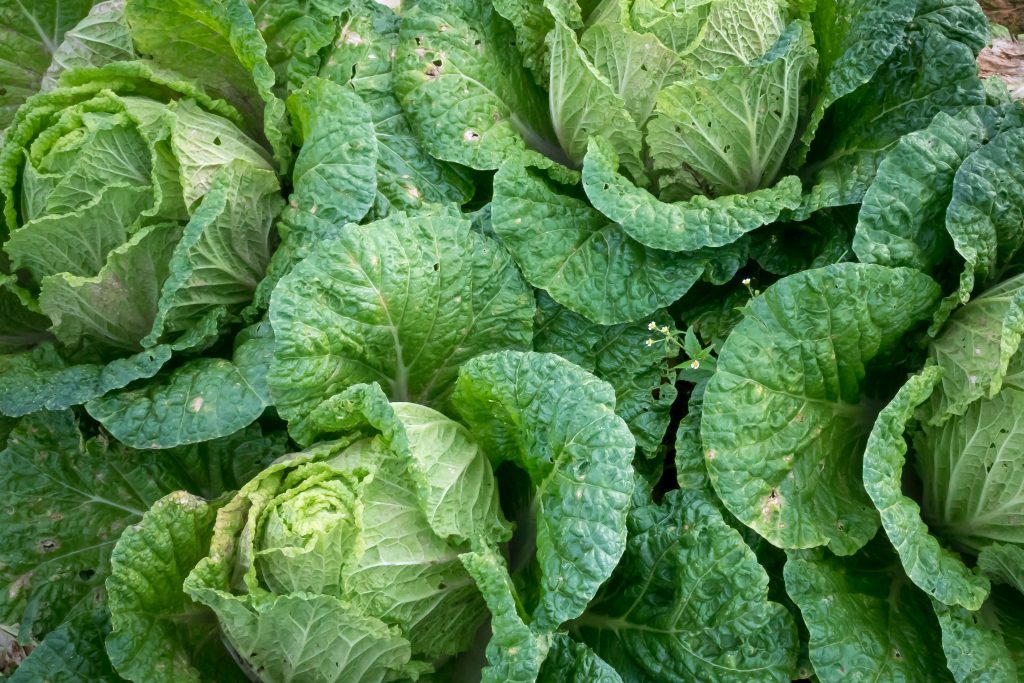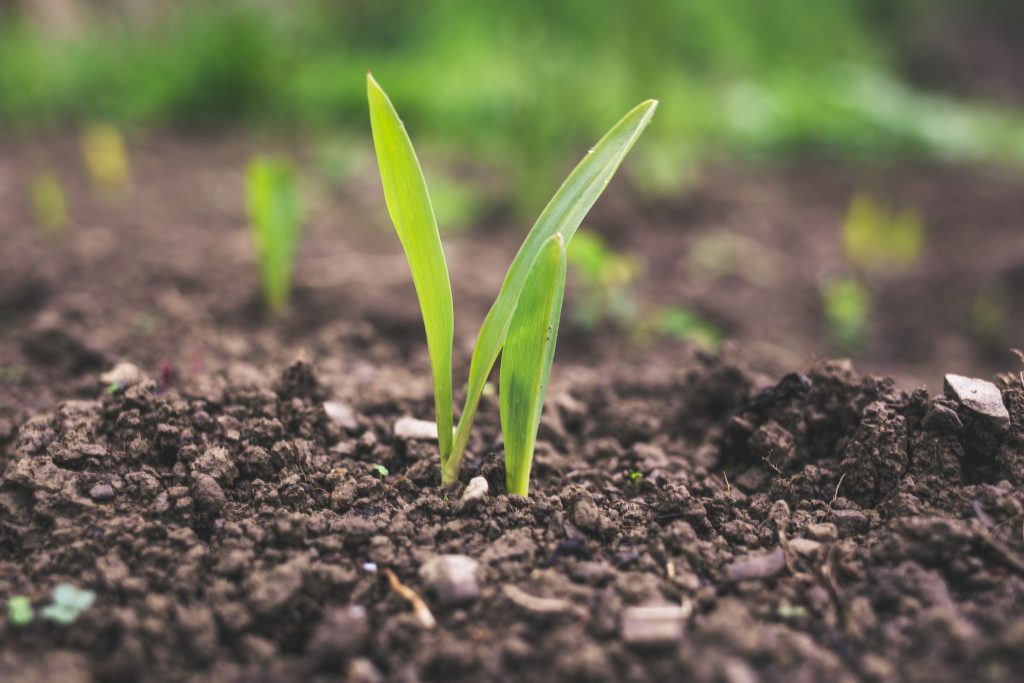In agriculture, biennial crops are crops that complete their life cycle within two(2) growing seasons or within 2 years. This means that from planting, flowering, fruiting and harvesting, takes two seasons. They sprout, grow, bear fruits and die off within two seasons. Examples include members of the onion family including leek, some members of the cabbage family, etc.
Meaning of biennial crops
Biennial crops are defined as any crop that completes its life cycle in two growing seasons. During the first season, they produce roots, stems and leaves. During the second season, they produce flowers, fruits and seeds, then they die.
One of the most economically important biennials is the carrot, which is harvested after a single growing season when the food organ, i.e. the edible root has achieved its greatest size. If left to go to seed, the food stored in the taproot will be used by the plant to fuel the growth of its reproductive structures during the second growing season.
Examples of biennials

Some examples of biennials include;
- Onions
- Carrots
- Lettuces
- Gingers
- Pineapples
- Cassavas
- Cabbages
- Garlics
- Brussels
- Angelica
- Parsley
Propagation
Under extreme climatic or weather conditions, some biennial crops may complete their life cycle in a very short period of time (e.g. three to five months instead of two years or seasons). This is quite common in vegetable or flower seedlings that were exposed to cold conditions before they were planted in the ground. This behavior leads to many normally biennial plants being treated as annuals in some areas.
Biennials are usually grown from their seeds, but can be planted, propagated or grown by stem cutting or division of the root system.
To get the best out of a biennial crop, it should be planted when the climatic or weather conditions are favorable.
Read also: Mixed farming
Characteristics of biennial crops
- Life cycle (germination till harvest) is within one (1) to two (2) growing seasons.
- Roots, stems and leaves are produced in the first season while flowers, fruits and seeds are produced in the second season.
- Some biennials tend to become annual crops under unfavorable climatic conditions, a good example is the carrot plant.
Read also: Perennial crops
Read also: Classification of crops
The bottom line
Biennials complete their life cycle within two years or two growing seasons, the grow, mature and are harvested within two growing seasons. Examples include; onions, lettuces, gingers, cabbages, pineapples, etc.
Read also: Difference between Annual, Biennial & Perennial crops
